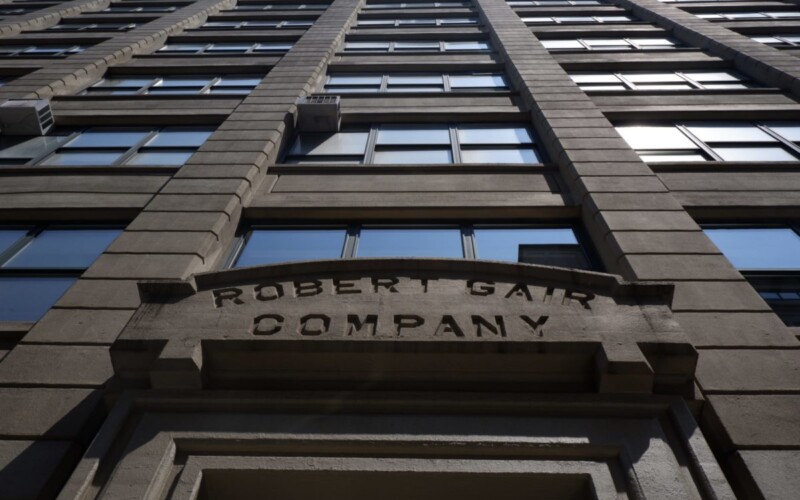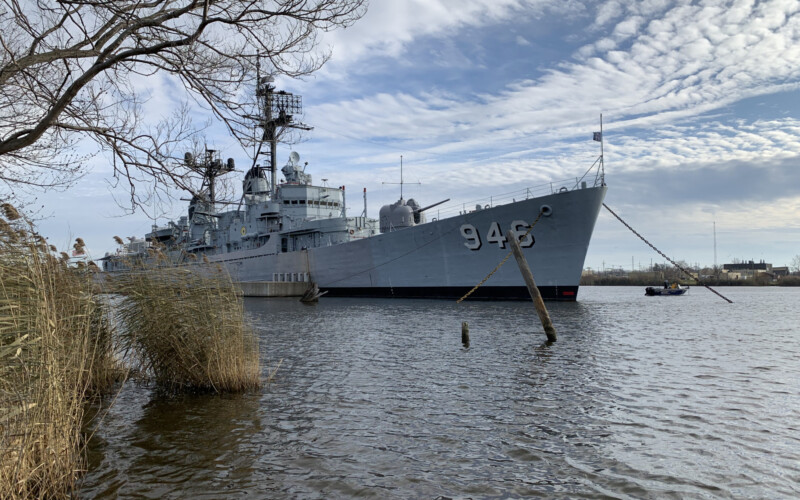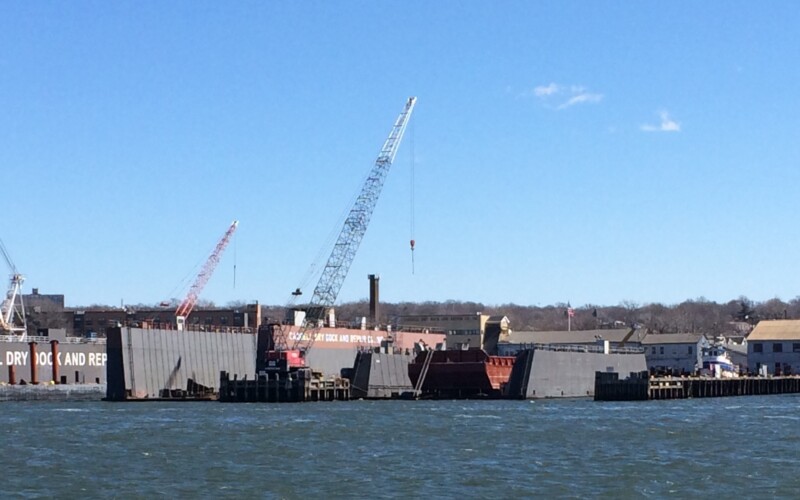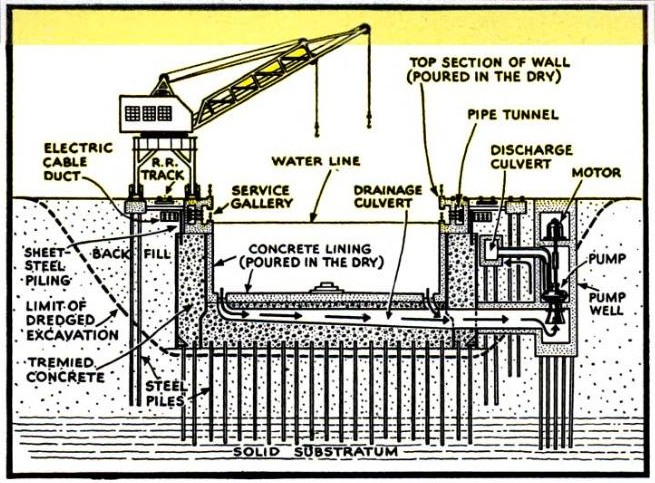We have experience hosting a range of audiences, from college classes to birthday parties to company outings, and we customize our tours to meet your group’s interests and needs.
Book a private tour today
Concrete is the world’s most ubiquitous building material, and many important milestones of its development took place in Brooklyn. In this virtual program, we will examine concrete’s history, production, and …
Read more

On a quiet stretch of the Saginaw River just outside Bay City, Michigan, the USS Edson sits as a tribute to America’s Cold War destroyer fleet. Built at Maine’s Bath …
Read more

For more than 150 years, shipbuilding was a pre-eminent industry in New York City. Shipyards building clipper ships, steamboats, and naval frigates once engulfed the shoreline of Lower Manhattan in …
Read more

Times of war have always brought the biggest transformations to the Brooklyn Navy Yard, and none were bigger than those that took place during World War II. But long before …
Read more
